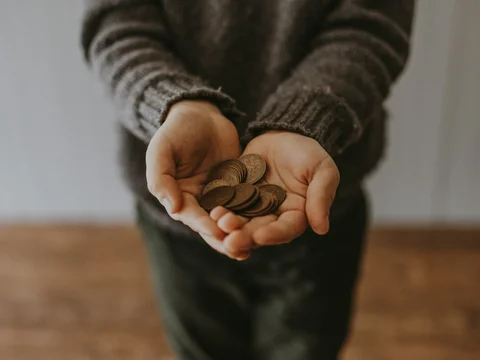
When a magistrate judge makes a ruling on a non-dispositive issue in a case, and a party objects, the ruling controls and remains effective until the objection is resolved:
8. Effect of Magistrate Judge Orders and Recommendations. Until a District Judge has completed his or her review of an objection to a Magistrate Judge's order or ruling on a nondispositive matter, such order or ruling shall govern further proceedings.
That means that, when you object to a notice of deposition of two of your own inventors on the basis of "burden" (and other grounds), and your burden objection unsurprisingly fails, the depositions have to go forward—even if you then file written objections to the magistrate judge's ruling.
That is, of course, unless the Court grants a motion to stay. That's what a patentee tried last week in Pierre Fabre Medicament SAS v. Rubicon Research Private Limited, C.A. No. 24-811-JLH-SRF (D. Del.).
After the Court ordered the patentee to make its inventors available for deposition by December 5, the patentee filed objections under FRCP 72, and simultaneously filed a motion to stay the order pending resolution of the objections.
However, all motions in the case were referred to Magistrate Judge Fallon, the judge to whom they were objecting. And the standard for a stay under these circumstances requires satisfying several factors, one of which is a likelihood of success on the merits. The "merits" of the objections, here, require showing that the Judge's holding is "clearly erroneous or contrary to law."
As you have probably guessed, the judge ...







